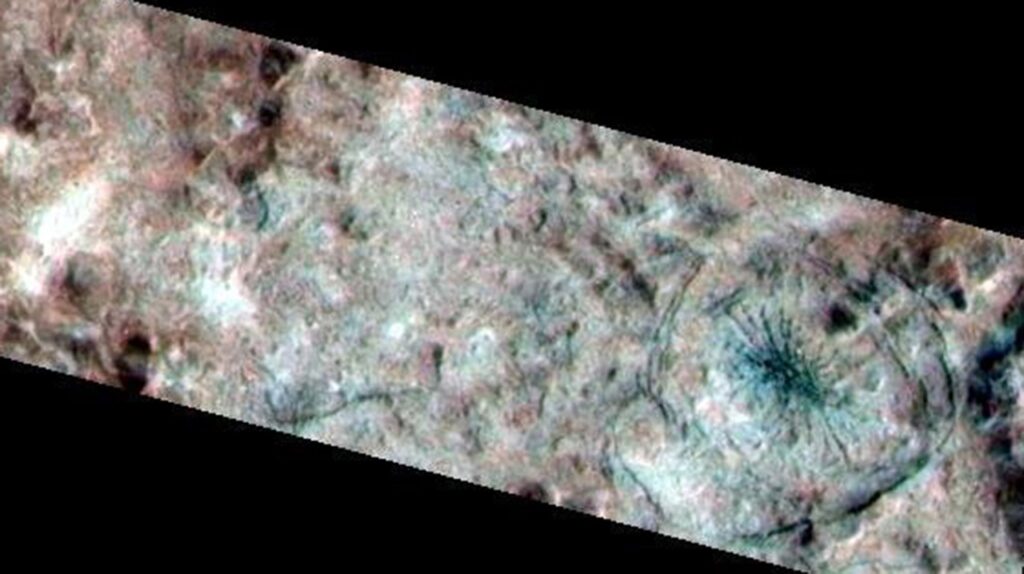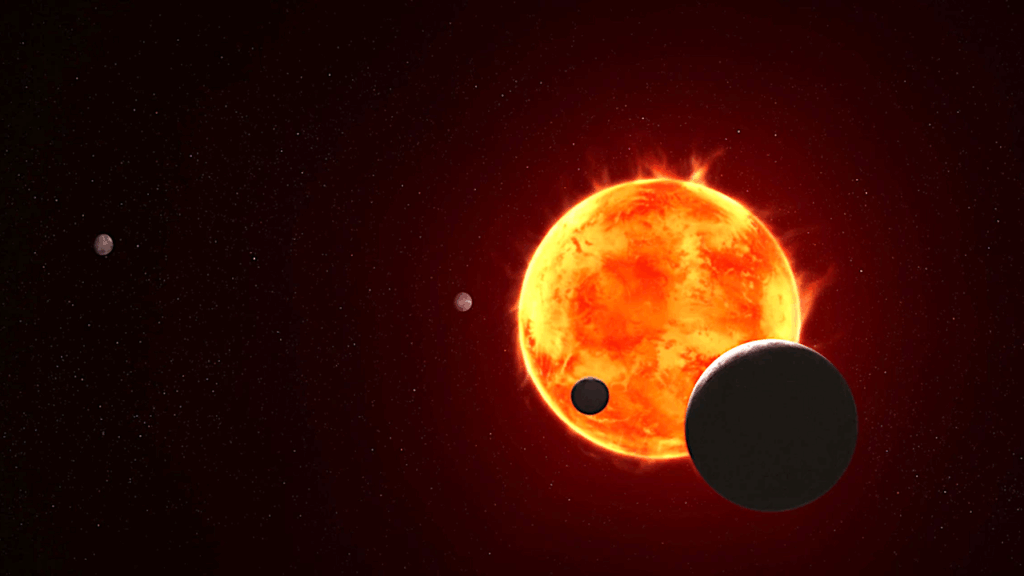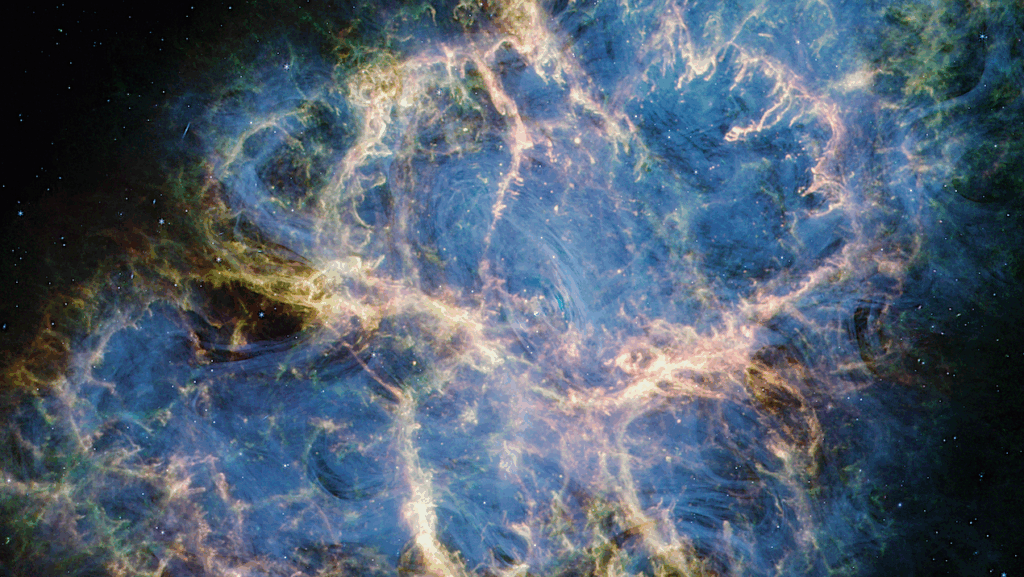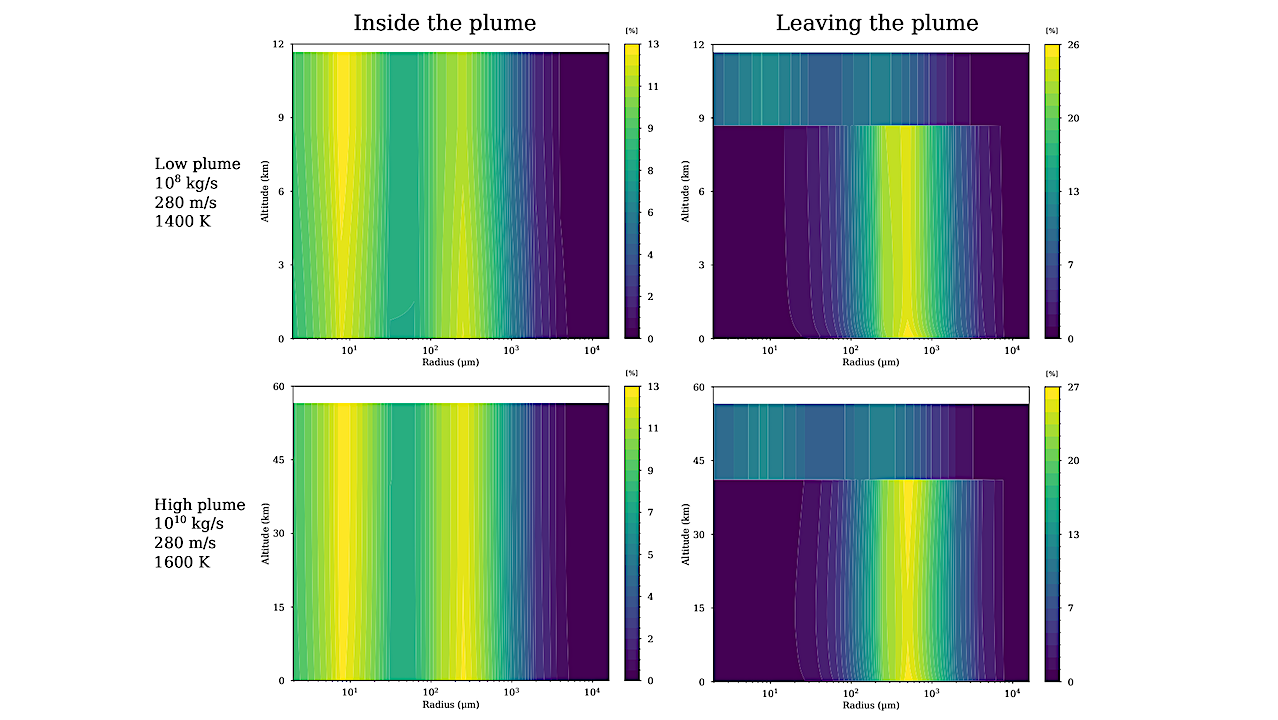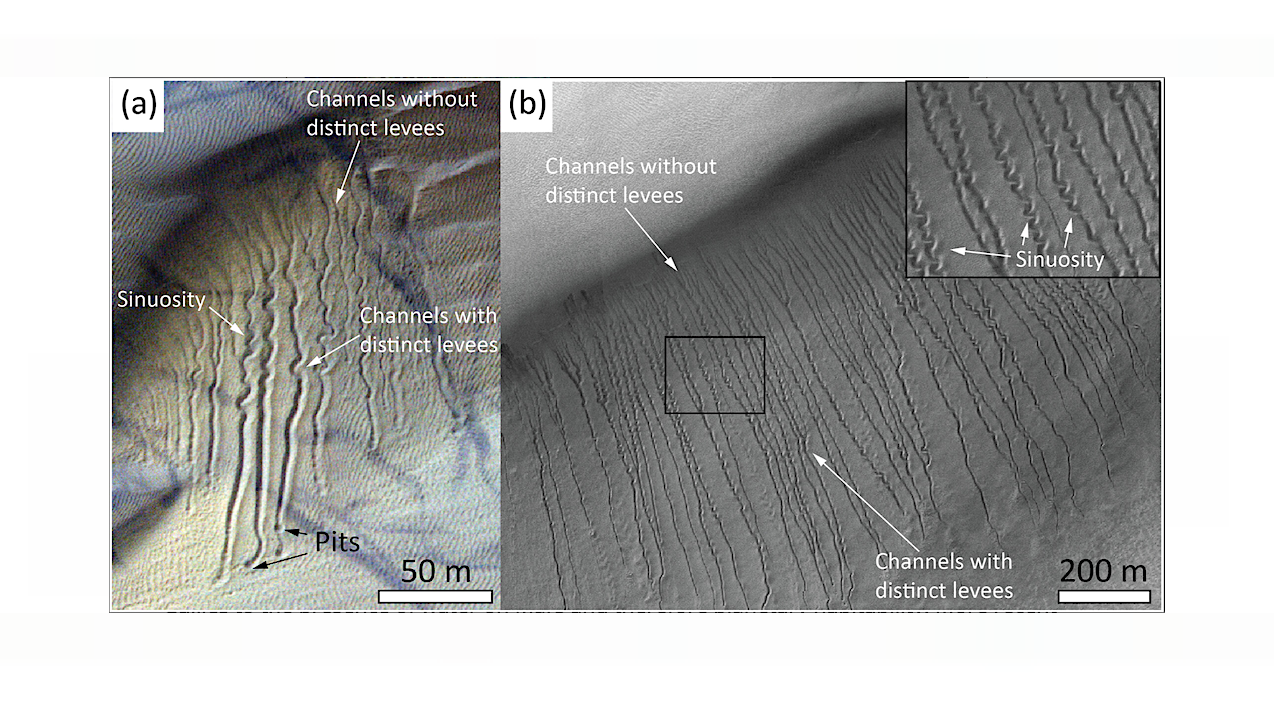Now Reading: TESS Discovers a Second System of Transiting Exocomets in the Extreme Debris Disk of RZ Psc
-
01
TESS Discovers a Second System of Transiting Exocomets in the Extreme Debris Disk of RZ Psc
TESS Discovers a Second System of Transiting Exocomets in the Extreme Debris Disk of RZ Psc
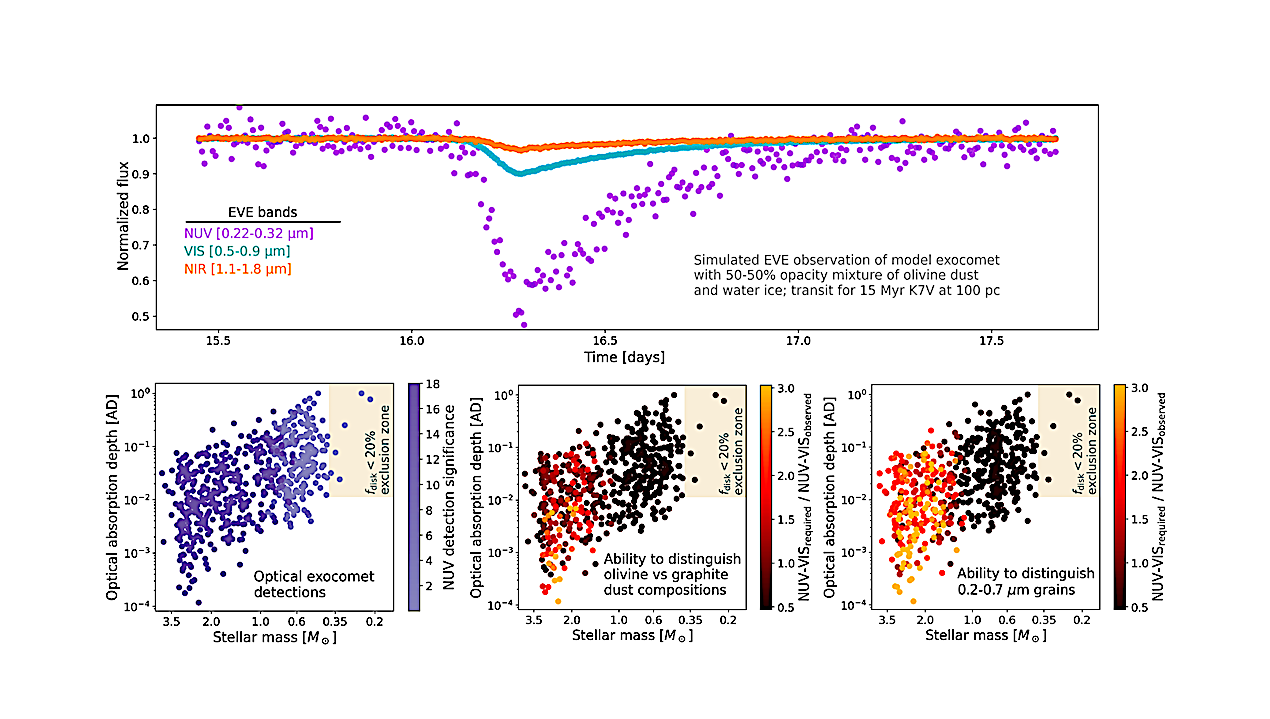

Top: Simulated EVE observation of an exocomet transit of a K7V at 100 pc expected during a 20 d stare at ∼20 Myr Theia 43 or 45 associations. We scale the optical light curve template used for the RZ Psc events into the NUV and NIR bands using a 50-50% weighted average of empirical extinction curves of ∼200 nm water ice (Kratschmer & Sorg 1985) and olivine dust (Huffman 1975). Bottom: Distribution of optical ADs versus SpT for 590 simulated detections. The SNR of the NUV detections (left) enable color differences due to composition (middle) and grain size (right) to be distinguished given the color predictions for the narrow-tail multiband comet models of K´alm´an et al. (2024). Each panel highlights the region in which EVE should detect exocomets given a 20% M-star disk fraction, but not for a 2.1% fraction. — astro-ph.EP
We present the TESS discovery of only the second system of transiting exocomets with a sufficient number of events to measure the size distribution in the RZ Psc system, enabling comparisons with the β Pictoris and Solar System size distributions.
Twenty-four transits with absorption depths (AD) of 1–20% were observed across three TESS sectors of the 20-50 Myr K0V star, detected as part of our TESS survey of extreme debris disks identified by their IR excess.
We discover that the ADs (and hence exocomet radii) follow a broken power-law cumulative frequency distribution not previously seen in extrasolar contexts but similar to that observed in Solar System Kuiper Belt Object sizes, with power-law slopes above and below the break of γAD > break=2.32±0.12 and γAD break=0.11±0.04, respectively.
We derive size distributions of 1–7~km from two independent lines of evidence. We use the RZ Psc exocomet rate to predict exocomet yields for the Early eVolution Explorer (EVE) NASA astrophysics Small Explorer (SMEX) mission concept to obtain simultaneous photometry of 104 young stars in NUV, optical, and NIR bands.
Assuming occurrence rates scaled from RZ Psc, EVE would detect 590 exocomets from ≈70 young systems in the optical band, with ≈120 simultaneous 5σ detections in all three bands.
These data would enable grain sizes of 200–700~nm and graphite–olivine compositions of dozens of events to be distinguished at 2.5–3σ, as well as a 4σ determination of the accuracy of the Herschel-derived M-debris disk fraction.
Adalyn Gibson, Meredith A. MacGregor, Ward S. Howard, Ann Marie Cody, Mark Swain, Jennifer A. Burt, Laura Venuti, Evgenya Shkolnik, Neal J. Turner, Alan Didion, Jaime Nastal, David Makowski
Comments: 16 pages, 8 figures, accepted to ApJ Letters
Subjects: Earth and Planetary Astrophysics (astro-ph.EP); Solar and Stellar Astrophysics (astro-ph.SR)
Cite as: arXiv:2510.09920 [astro-ph.EP] (or arXiv:2510.09920v1 [astro-ph.EP] for this version)
https://doi.org/10.48550/arXiv.2510.09920
Focus to learn more
Submission history
From: Adalyn Gibson
[v1] Fri, 10 Oct 2025 23:40:32 UTC (6,896 KB)
https://arxiv.org/abs/2510.09920
Astrobiology, Astronomy,
Stay Informed With the Latest & Most Important News
Previous Post
Next Post
-
 012024 in Review: Highlights from NASA in Silicon Valley
012024 in Review: Highlights from NASA in Silicon Valley -
 02Panasonic Leica Summilux DG 15mm f/1.7 ASPH review
02Panasonic Leica Summilux DG 15mm f/1.7 ASPH review -
 03How New NASA, India Earth Satellite NISAR Will See Earth
03How New NASA, India Earth Satellite NISAR Will See Earth -
 04And Thus Begins A New Year For Life On Earth
04And Thus Begins A New Year For Life On Earth -
 05Astronomy Activation Ambassadors: A New Era
05Astronomy Activation Ambassadors: A New Era -
 06From Polymerization-Enabled Folding and Assembly to Chemical Evolution: Key Processes for Emergence of Functional Polymers in the Origin of Life
06From Polymerization-Enabled Folding and Assembly to Chemical Evolution: Key Processes for Emergence of Functional Polymers in the Origin of Life -
07SpaceX launch surge helps set new global launch record in 2024












